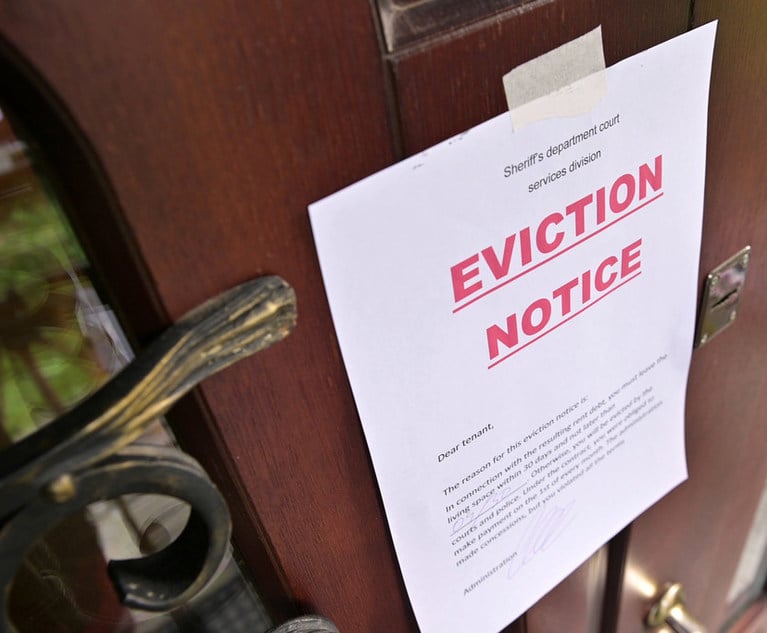With the passage in June, 2019 of the Housing Stability and Tenant Protection Act of 2019 (HSTPA), owners are desperately seeking ways out of rent regulation in an attempt to recapture the profitability their buildings had on the eve of HSTPA’s passage. Two such exit strategies are “substantial rehabilitation,” available only to deteriorated buildings and “demolition,” generally available to rent stabilized buildings regardless of their condition. Since the HSTPA enables municipalities throughout New York State to bring their housing stock under a form a rent stabilization, these questions are not only of renewed importance in New York City and its suburbs, but potentially statewide, under the administration of the New York State Division of Housing and Community Renewal (DHCR).
Administering Rent Regulation
Governing the demolition process is DHCR’s Operational Bulletin 2009-1. This bulletin deals with demolition applications for three scenarios: rent control, rent stabilization, and non-New York City rent stabilization (The Emergency Tenant Protection Act of 1974 “ETPA”). The rules are radically stricter for rent-controlled apartments than for New York City rent stabilization and ETPA. In these matters, the courts grant extreme deference to the DHCR (Peckham v. DHCR, 12 NY3d 424 (2009).


 Adam Leitman Bailey and Dov Treiman
Adam Leitman Bailey and Dov Treiman




